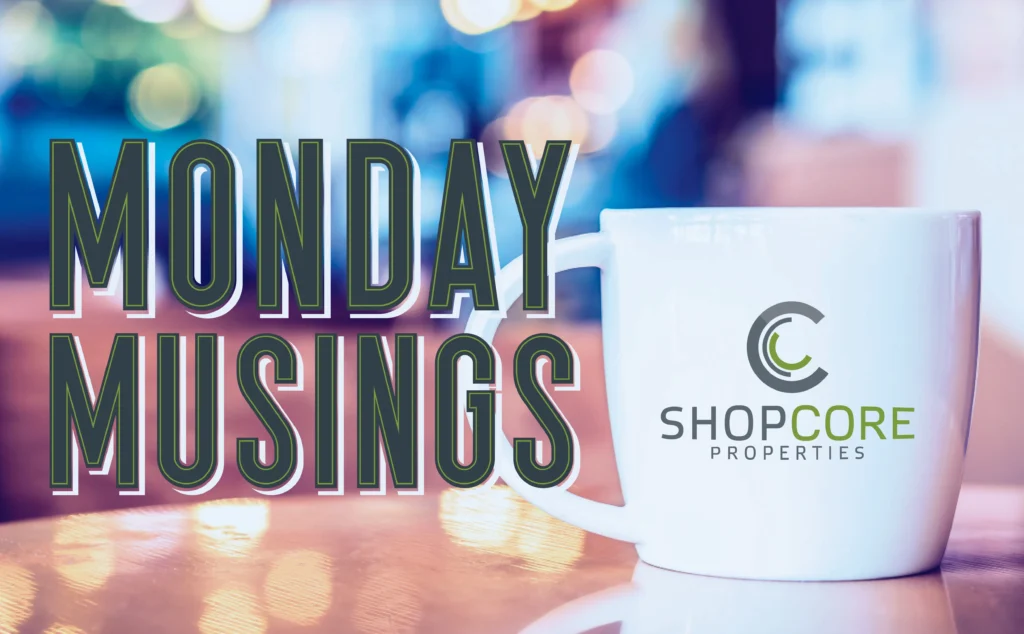Spending Time, Spending Money

Early in the pandemic, Disney sales rep Max Miller found himself furloughed and with a lot of time on his hands. To fill that void, Max created a YouTube channel called Tasting History, where he combined his love of history and cooking to prepare recipes from the distant past in as historically accurate a manner as possible. Twelve months, 689,000 subscribers, and one book deal later, Miller was called back to his job at Disney (a company he described as a lifelong dream to work for). But, he decided his pandemic hobby may have been his true calling after all and told them, “thanks, but no thanks.” While Miller’s tale may be an outlier, as Americans have taken up hobbies with increasing fervor during the last year, many of these activities will likely continue to shape consumer behavior in new ways post-pandemic.
Perhaps no census-defined retail sector has seen more of an uplift in the last year than Sporting Goods, Hobbies, Books, and Music. Even as signs of a “return to normal” were evident in the results from the first quarter, with apparel and restaurant spending perking up, the Sports & Hobbies segment showed no signs of slowing down as it grew a whopping 42% year over year. To put that in perspective, that’s not only the largest quarterly growth for any sector that we’ve seen in our time covering retail trends, but it was also 800 bps higher than e-commerce growth in Q1!
With gyms closed or feeling less safe than they used to, many rushed to buy home exercise equipment in the early months of the pandemic, but these low-frequency purchases only tell part of the story. Many people discovered their love of the outdoors and took up camping, hiking, and birdwatching, among other activities. Or perhaps those of us who felt too busy to go to the gym prior to the pandemic found the time to start running, cycling, or walking around our neighborhoods. Experts say the average person takes about 66 days to form a new habit, so, for many people, these new activities are now part of their lifestyles and should continue to foster additional spending. In addition, even if some of these individual activities wane, the return of youth and team sports should continue to be a tailwind for sporting goods retailers throughout 2021 and beyond.
For the less athletically inclined among us, perhaps our pandemic hobbies included activities like sewing, painting, playing an instrument, or learning a new language. It is fair to wonder whether these hobbies were only made possible by the additional free time the pandemic gifted us and whether they will continue to be part of our lives. We’d see how many people may have found a new passion in these activities that won’t be dimmed because we are allowed out of our houses again. Bolstering this point is the fact that many hobbies were the impetus for new business ideas as well. The crafting marketplace Etsy saw its community of sellers grow by 63% vs. 2019, while overall Gross Merchandise Sales for Etsy grew 106% in 2020, a 4X increase from 2019. This stunning growth at Etsy fueled sales at JoAnn Fabrics, which went from a revenue decline in 2019 to a growth of 23% in 2020. Apollo Capital saw enough stickiness in this trend to pay $5 billion for Michael’s late in 2020. Certainly, not every hobby-driven business will last in the years to come. Still, the Etsy phenomenon fits nicely with trends towards sustainability and buying unique or handmade goods that were evident even before the pandemic.
Even if you spent your pandemic days on the couch playing Animal Crossing (ahem), one thing that hasn’t changed is Americans’ willingness to spend on leisure activities. In fact, for some, their favorite leisure activity may just be going out and shopping in a store again (which is perhaps why some people have transformed their ACNH islands into replicas of Target, Ikea, and H&M).